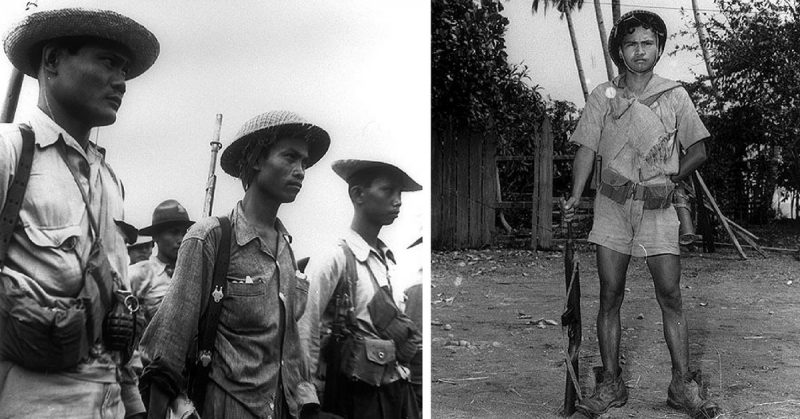War History Online proudly presents this Guest Piece from Pacificatrocities.org
The Imperial Japanese Forces attacked Pearl Harbor and the Philippine Islands simultaneously. This planned attack on these two specific targets was a strategic attack meant to disrupt and weaken American control in the Pacific and allow the expansion of Japan’s territory.
Following the surrender of the Allies at the Battle of Corregidor, all allied radio connections and communications ceased as the Japanese military took control of the Philippine Islands.
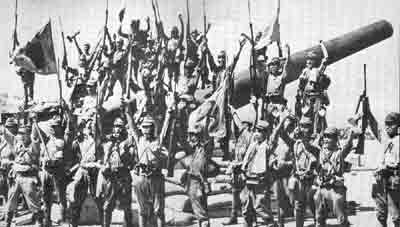
Despite the lack of communication, some American and Filipino soldiers were able to evade the Japanese and go into hiding. One of those soldiers able to escape was Ramon Magsaysay Sr., a man who was to become a prominent leader in the Western Luzon Guerrilla Force.
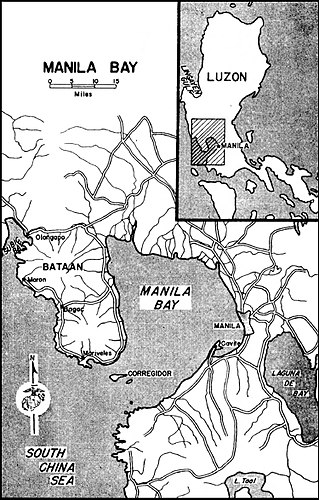
The Western Luzon Guerrilla Force was not the only resistance group to form on the now-occupied islands. Alongside it, “several bands of resistance fighters sprouted up throughout the Philippine landscape.”
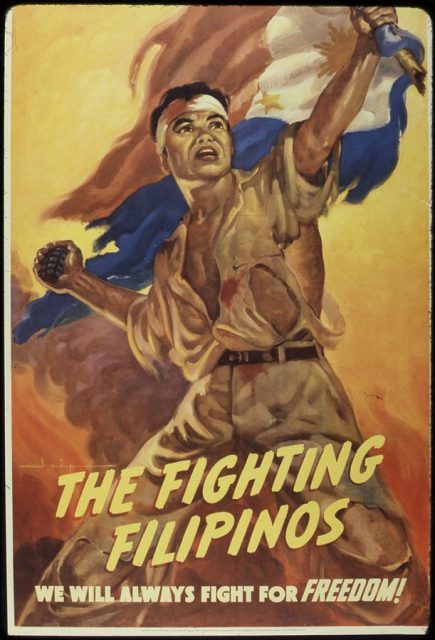
What set these various groups apart were their ideas on how to take back their island. A big hindrance within these groups was that many were also politically motivated.
Some groups were politically motivated in that they had differing views on the best agenda as well as nationalistic ambitions. The Hukbalahap Guerrilla was one of the more commonly known resistance groups that had a political agenda.
The Hukbalahap, often shortened to “Huk,” was comprised of Filipino citizens from all backgrounds. Members included peasant farmers, workers’ union members, communist party members, and both rural and urban laborers.
The Huk were seen as highly successful in that they eliminated many Japanese soldiers. Furthermore, the Huks considered rich Filipinos who collaborated with the Japanese to be targets, too.
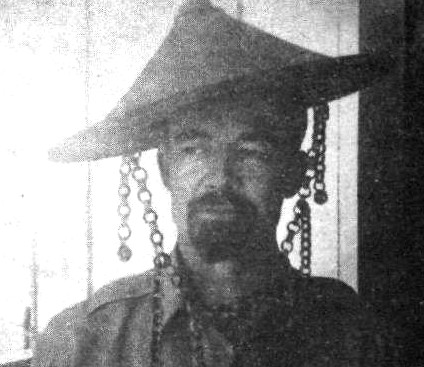
The killing of rich Filipino collaborators enabled the Huk to capture estates. Within these estates, they created their own government, taxes, and laws. In 1954, the Hukbalahap would end with the Presidential election of Ramon Magsaysay Sr., who was under overwhelming pressure to stomp out communist groups.
The main catalyst for the Filipino resistance was the mistreatment of POWs and Filipino citizens at the hands of the Japanese forces. Filipino citizens had heard stories, such as the Rape of Nanking in China, and of the atrocities committed in other occupied territories like Korea.
Sadly, Filipino citizens were subjected to beatings, rape, starvation, and many other horrific acts. The atrocities committed and the destruction of their homeland empowered many Filipinos and Filipinas to commit to the resistance, drive out the invaders and take back their land.
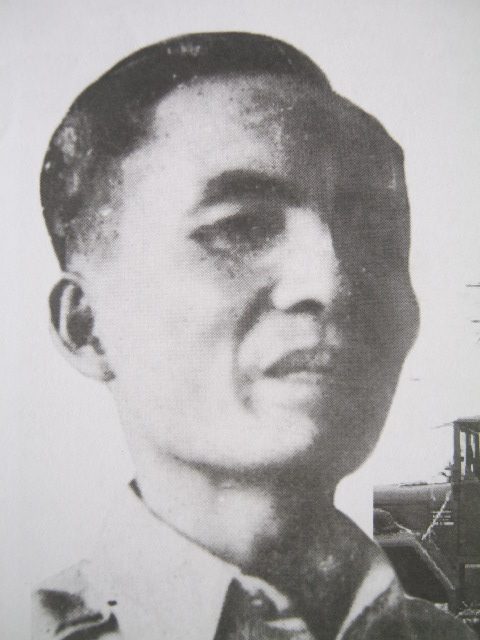
The Japanese forces had noted during the Bataan Death March an alarming amount of sentiment for the Allied forces among the Filipino people. In order to combat any form of resistance, Japanese soldiers would beat or kill any Filipino citizen who sympathized with Allied forces or questioned the occupation of the Philippines by the Japanese.
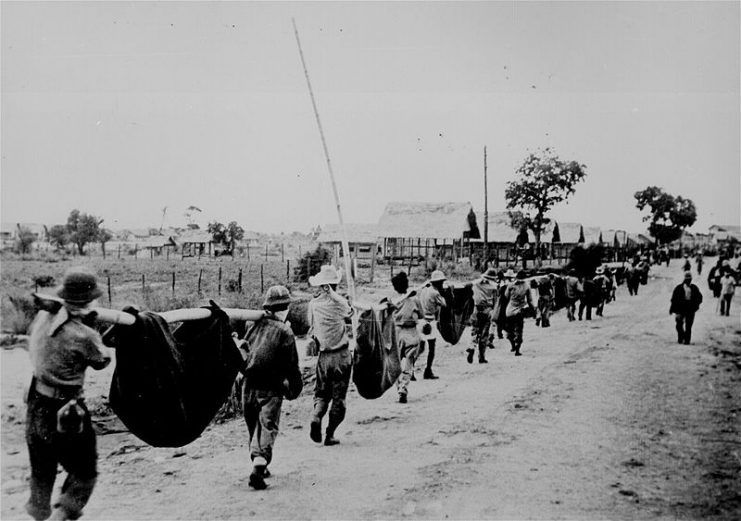
A tactic the Japanese employed was the use of propaganda in the form of leaflets and films. Through films such as Dawn For Freedom (1944), Japanese had hoped to squash any ties between the Filipino people and Western ideology and cement their hold on the country and its people.
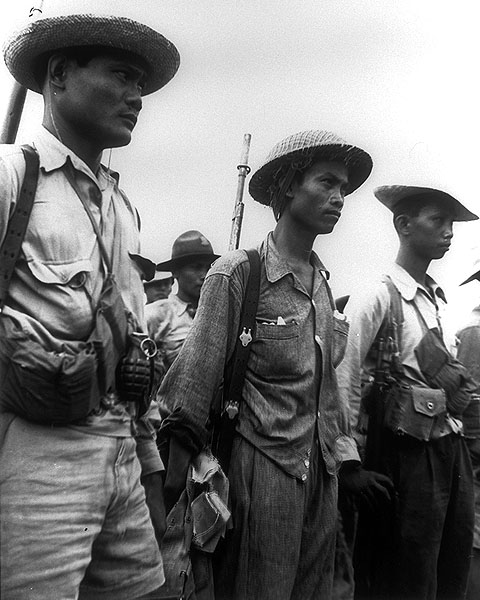
There were many resistance groups, such as the Hunters ROTC, Marking’s Guerrillas, the Aetas, and the USAFIP-LN (which stands for United States Army in the Philippines of Northern Luzon).
The Hunters ROTC was comprised of former cadets from the Philippine Military Academy. Wanting to fight, the former cadets trained other resistance fighters in sabotage, communications, radio operation, identifying and eliminating pro-Japanese Filipinos and spies, and conducting small hit and run raids.
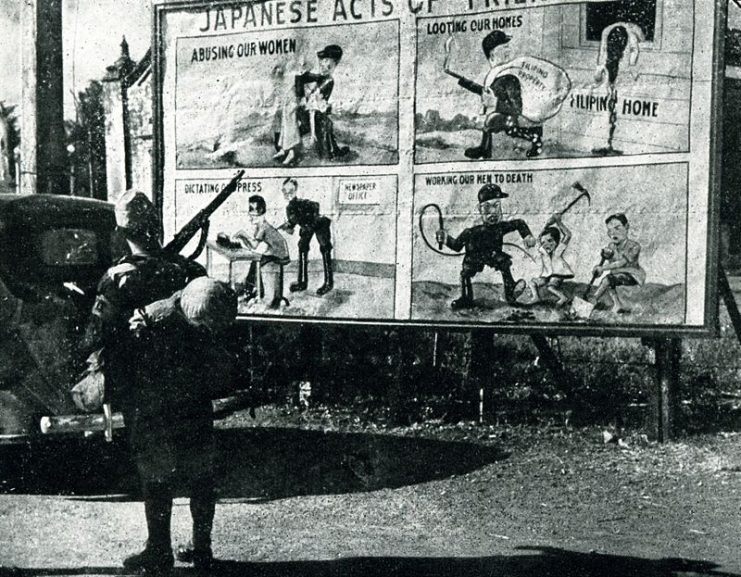
The Marking’s Guerrillas were mainly centered in east Manila and were under the command of Colonel Marcos V. Agustin. In contrast to the Hunters ROTC, the Marking’s Guerrilla force was comprised of older citizens and soldiers. The Marking’s Guerrillas are known for the taking of the Ipo Dam.
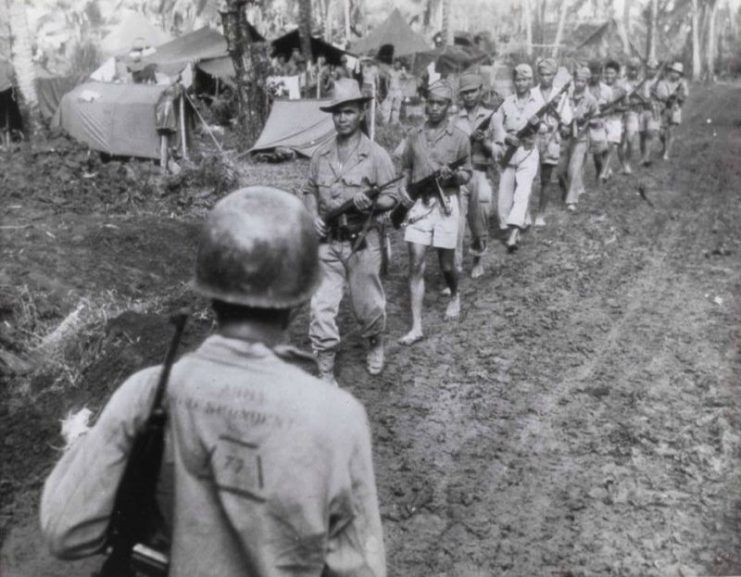
The USAFIP-NL differed from the other two guerrilla forces in that the USAFIP-NL was comprised of American, Filipino and guerilla soldiers. The USAFIP-NL was commanded by General Russell W. Volckmann and had a military force of more than 8,000 infantrymen.
The Aetas were an “indigenous guerrilla unit that operated in Northern and Central Luzon. The Aeta were a considerable asset to the underground resistance due to their superior tracking skills and understanding of the Luzon province.
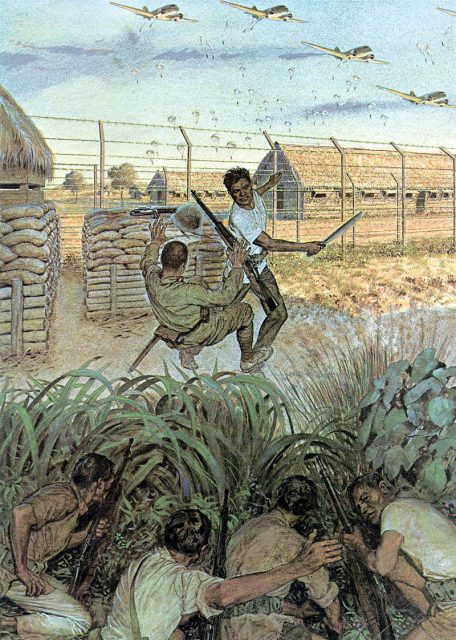
The Aeta would hide and protect American soldiers in the mountain caves and when the food supply ran dry, they would grow tubers (sweet potatoes and yam) and rice to feed their units.
In closing, the contribution made by minority groups, such as the Aetas and the Igorots, to the resistance would enable the American guerrilla troops to cut off Japanese supply lines and provided recruits for the Philippine resistance.
